|
Do you have cabin fever? Never feel isolated again! Holz100 is an innovative breathable building system that brings nature indoors. Holz100 homes are 100% pure solid wood, free of chemicals and toxins. Without synthetic glues and paints, or dust from mineral wool, the building is able to breathe and acts as a natural filter. Holz100 is an eco-friendly product, and perfect for allergy sufferers.
0 Comments
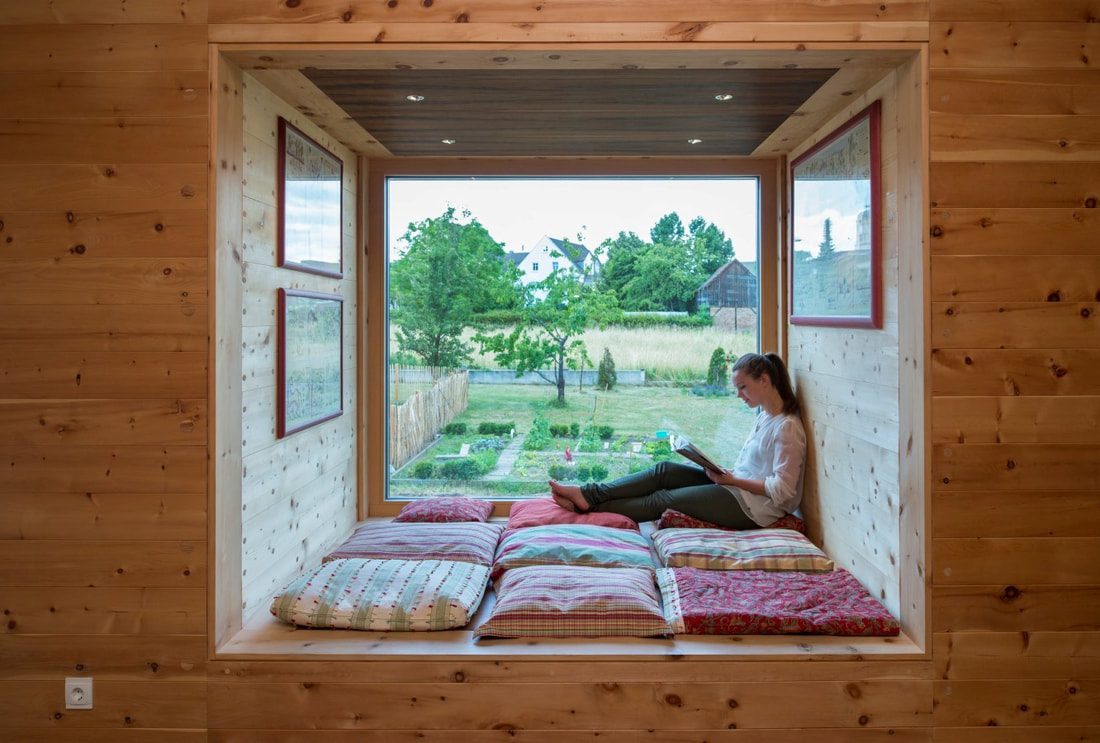 Moisture is yet another problem in construction as mold is one of the worst poisons of all that can toxicate residential buildings. We guarantee our Holz100 houses for 50 years against moisture and mold and have already built over 1000 houses in 33 countries, from the tropics to the Arctic Circle. Even until today, we have not received a single complaint about mold and condensation. 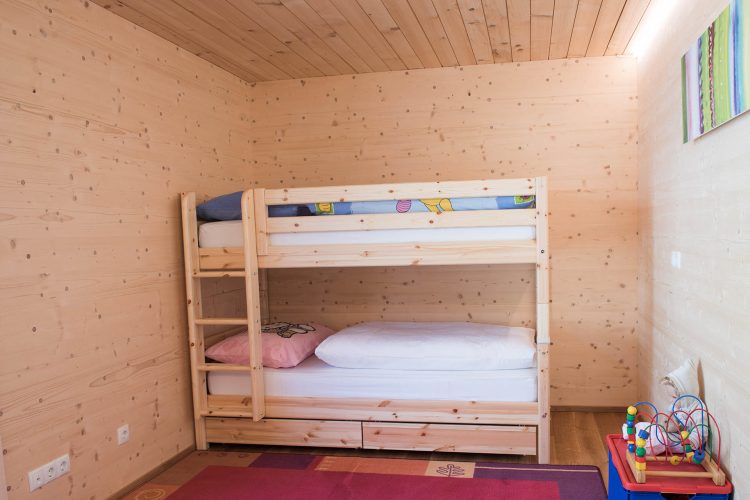 Fungal resistance of a building material is very important, as a vapor retardant will eventually become worn and become less effective in preventing damage of mold / fungus. The best solution is a solid, homogenous wooden wall like the Holz100 system. Here the vapor pressure is continuously slowed down naturally instead of suppressed by a single, vulnerable layer of foil and guarantees 100% protection from condensation moisture and fungus. Another disadvantage of statically charged surfaces is the tendency to attract dust and dirt, like the surface of a TVs or stereo. But this problem is easy to solve - just make sure you have as much natural and untreated wood in your home as possible. If you want to treat wooden surfaces, use only natural bees wax or resins. The human body in itself naturally has a weak electric shield surrounding it. This weak electric field repels dust, dirt particles and bacteria, etc. Rooms with a strong electromagnetic charge disturb this natural protective field and those who are sensitive can experience allergies, inflamed mucus membranes, colds, headaches, etc. In Europe, this is called the 'sick building syndrome'. An American study called "Plastic and Wooden Cutting Boards" by Dean Oliver, Ph. D. in his research of salmonella and kitchen cutting boards showed drastic results. Salmonella actually dies after a few minutes on a natural, untreated woodcutting board, whereas plastic cutting boards encourage salmonella to thrive and increase in population. Think about laminated kitchen counters and cutting boards which many people think are more hygienic than untreated wood. Luckily, his grandfather who was a carpenter had a simple solution - to replace all particle boards with handmade solid wood. In short time, their symptoms disappeared and after a few years, Dr. Thoma patented Holz100. Did you know? Thoma Holz100 was founded by Dr. Erwin Thoma after one day, their two children began to cough consistently once moving into a new apartment. Over time, their coughing became so intense that it created a threat of suffocation and their only solution was cortisone therapy which would destroy their kidneys.
In 1990
The forester and ecology expert Erwin Thoma founded his own timber construction company accompanied by the traditional wood knowledge of his grandfather. The outer wall of the entrance side is indented by half an axis, so that on this side the entrance to the central opening is located inside the cube itself.
The building is accessed from the north. From the ground to the third floor, there are two apartments on each level. The building has a basement floor with a pillar foundation, topped by five full storeys on a square layout, with an edge length of 15.10 metres. The cube is divided into three horizontal axes, whereby the dimensions of the centrally oriented staircase with its lift shaft define the dimensions of the respective central axes. The staircase core is also square.
Due to its carbon balance in construction and operation, the “WOODCUBE” demonstrates the potential, within the climate-neutral building sector, of solid wood construction and energy supply using renewable forms of energy.
A sophisticated building services concept with central building control and smart metering supports the consistently low energy consumption.
Compared with conventional buildings, approximately 8,500 tonnes of carbon were saved during the construction phase alone. The “WOODCUBE” project is the first time that a apartment complex has been built that does not emit any greenhouse gases over its life cycle, and is almost completely biologically recyclable. All of the construction materials were therefore checked for their carbon potential and biological compatibility in building.
The “WOODCUBE” is a five-storey apartment building with a flexible number of apartments. The design demonstrates the possibilities of forward-looking solid timber construction: the Efficiency House 40 largely avoids the use of non-renewable raw materials in both its construction and its operation. Energy and heat energy are carbon neutral and derived from renewable sources.
SPECIAL FEATURES
• The floor plan typology allows for different types of occupation, adapted to urban living requirements. • The use of renewable building materials results in a structure that is carbon neutral in terms of its construction and operation. • Multistory solid timber construction. After this short introduction the “WOODCUBE Smart Material House” will be presented in brief, and then explained in detail. The architectural and building services concept will then be described, followed by the planning process. Finally, the model project will be assessed. The focus throughout is on the “WOODCUBE’s” energy concept, the flexible roof, and the wooden construction.
The reasons behind these changes were technical, financial, or functional, meaning that some original targets had to be adjusted.
Model projects are particularly liable to undergo planning changes; indeed, besides presenting innovative end products, building exhibitions also seek to test out construction methods and processes. • There is an emphasis on the “aesthetics of phenomena”, which mainly focuses on the behaviour of materials. It is not important how the material presents itself, but when it makes its appearance.
The architectural and building services concepts behind the “WOODCUBE” are set out in detail in this White Paper. The planning process is also outlined clearly, as a large number of alterations were made between the design stage and the final execution of the project. Along with the increasing importance of time processes, an “open layout” can be changed into a “reconfigurable layout”. Reconfigurable layouts are generated from the mutability of the space, the transformability of the materials, and the adaptability of the technologies, no longer solely through their (static) openness to different uses.
• The new technologies make it possible to multiply building services and distribute them to various surfaces. Materials become dynamic infrastructures that can produce variable, partly contradictory effects.
• With the extension of multifunctional surfaces, the time factor becomes an integral part of the design and simultaneously makes it possible to use space and buildings in hybrid ways. • Since the beginning of the modern period, building services have been bundled away, centralised, and thus often rendered invisible. With the proliferation of smart materials, the material surface can itself become a medium carrying energy and information.
Accordingly, it performs additional functions, such as being a “power plant”, providing “energy storage”, or comprising a “communications point” in the urban context.
• The building envelope is the central element of the energy exchange between inside and outside. It controls inflowing and outflowing energy streams and the circulation of material. Using smart materials and smart technologies, building envelopes can actively regulate energy and material flows. On one of those beautiful autumn days, a farmer came along and arranged with me to cut a stack of Swiss pine for him in the next week. Swiss pine is also called arve and grows way up high in the 'Hohen Tauern' over 2,000m above sea level. This wood is famous for the exquisite scent of its aromatic oils.
Because of this harvesting rhythm, the wood mill has its most quiet time in autumn. The harvest begins again in winter at a particular moon. At those quiet times, we do repairs and maintenance work and also mill wood for farmers in the area. In this case the farmer doesn't sell his own wood to the mill, but pays us to saw it into boards and posts for his own needs.
|
Archives
September 2019
Categories
All
|
HoursMon - Fri.
9:30am - 4:30pm |
Office |
President FRANK GHAHREMANI(416) 725-6747
|

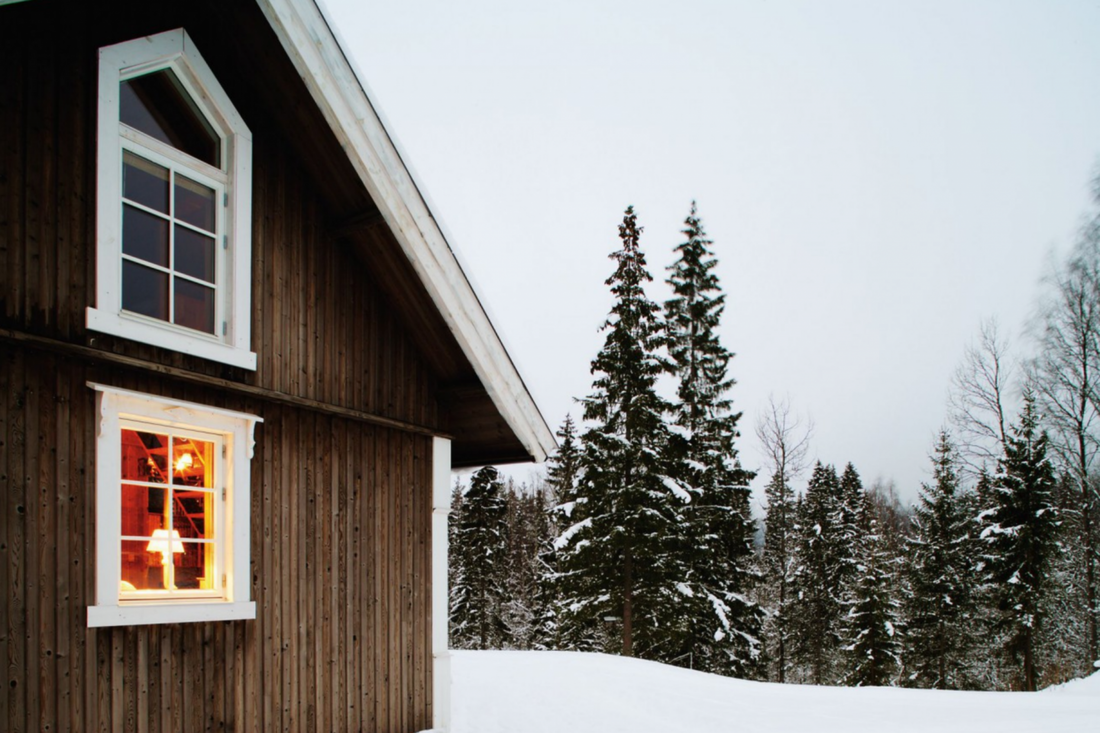
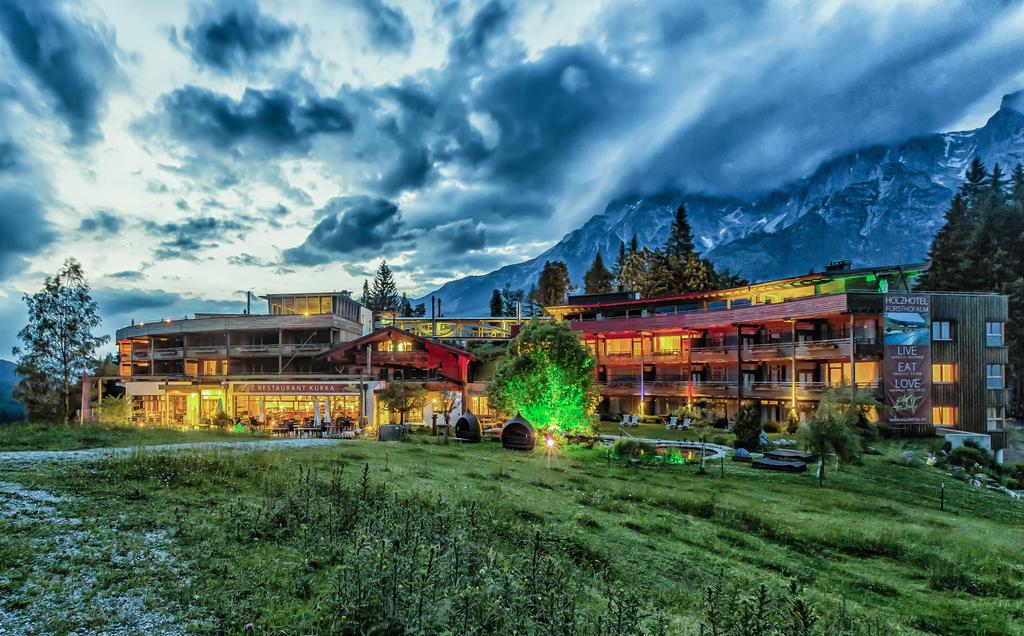
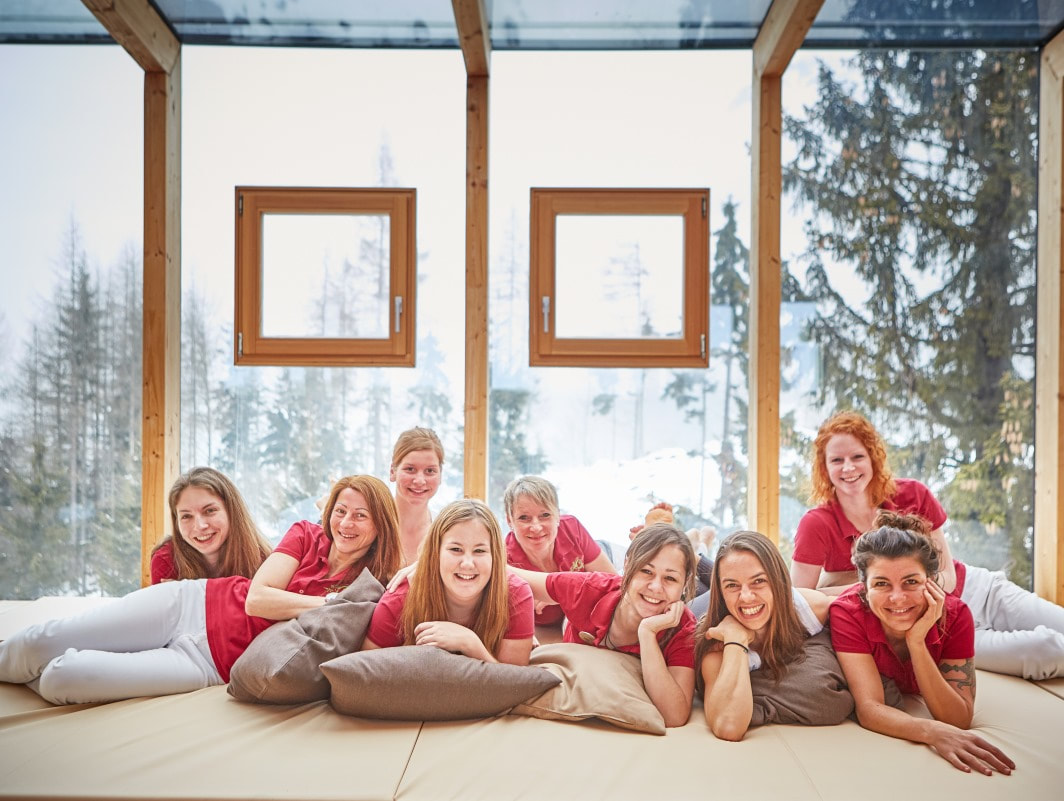
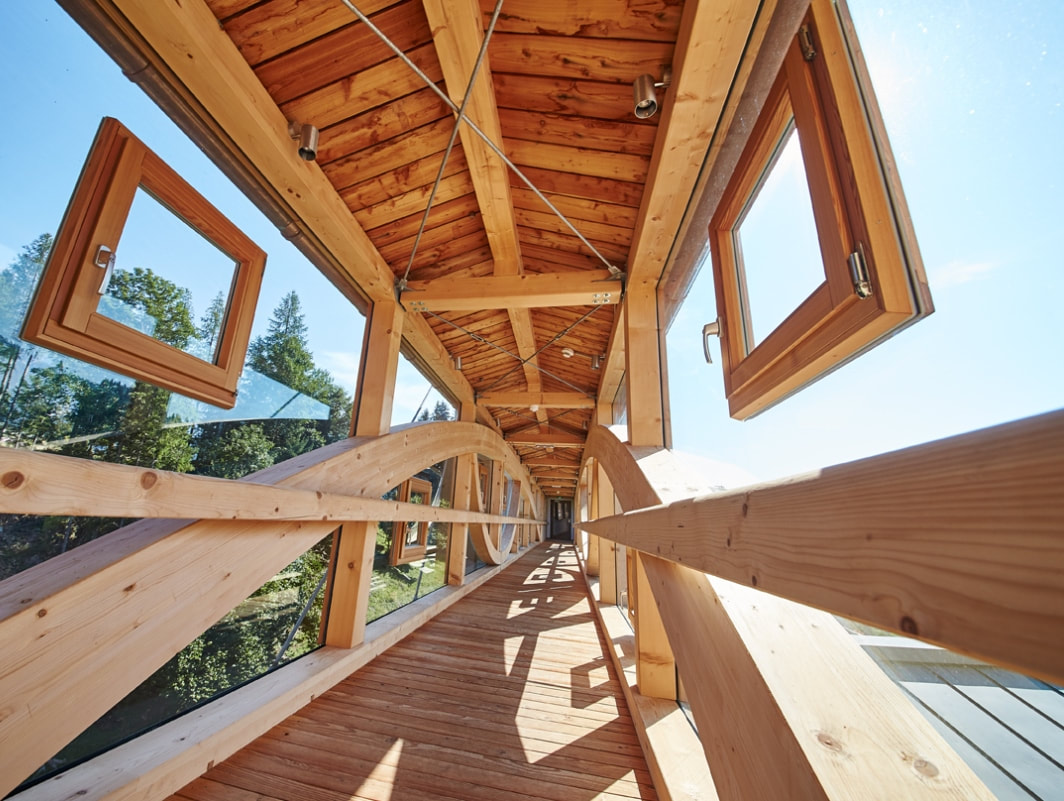
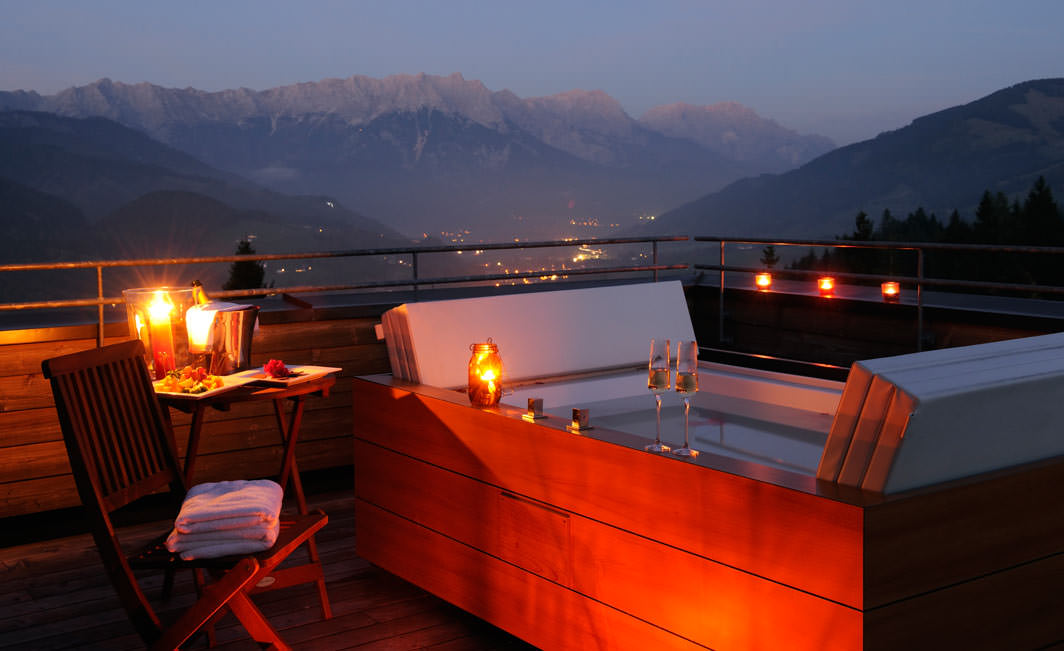
 RSS Feed
RSS Feed


